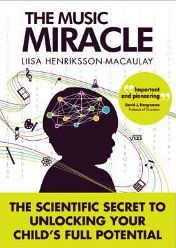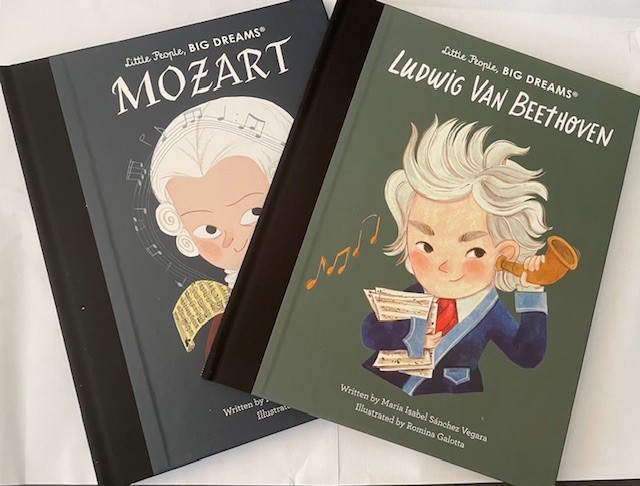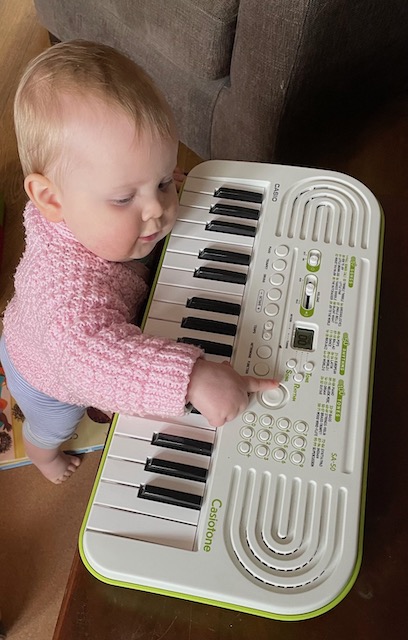 Children take to music like fish take to water. You may have noticed how your baby's face lights up at your singing, or how your toddler instinctively starts to bounce along to the beat of a rhythmic song. Here are my second two tips:
Children take to music like fish take to water. You may have noticed how your baby's face lights up at your singing, or how your toddler instinctively starts to bounce along to the beat of a rhythmic song. Here are my second two tips:
3. Tap and clap
What do rhythm skills and intelligence have in common? Everything, as far as scientific evidence is concerned: studies show that when children improve their rhythm skills, their academic skills improve as a result. Conversely, many learning disabilities are linked to poor rhythm skills.
The best time to start rhythm training is now – your child is never too young for it. If you have a baby, you can put some music on, take your baby on your lap and bounce her gently to the steady beat. This is what scientists from McMaster University in Canada did in 2012, and although babies are too young to take IQ tests, the scientists found in their psychological tests that the babies became much more socially skilled and helpful as a result of the steady beat bouncing. Babies who were bounced non-rhythmically did not gain this increase in emotional intelligence.
From toddlerhood onwards, you can clap and tap to music together with your child. Don't worry about looking silly - you know you are actually doing the most effective intelligence workout for yourself and your child.
4. Get into the waltz groove
Put on some rhythmic music and watch your little one come to life. In fact, this is what scientists did in 2010: they played music to babies who hadn't even learned to walk, and brought in professional ballet dancers to analyse the babies' movements. It was found that the babies instinctively tried to move to the beat of whichever song was playing.
The scientists found that it was the presence of a strong beat, whether by drums or percussion, that made the babies want to dance. This shows that it's not just lullabies that babies like: they want to rock out, too.
The most common time signature is 4/4, where you keep counting to four. But we mustn't forget its cousin, where we count to three. The 3/4 time signature, also known as the waltz beat, has a distinctly rocking feel – rocking from side to side like a boat on the sea.
Find songs in the 3/4 time with a drummed backing and rock from side to side with your child. Leading American music educator Edwin E. Gordon writes: "Contrary to what might be expected, the more opportunities children have to make comparisons between meters, the more and the better they will learn." Studies find that if children only hear the 4/4 beat, their ability to comprehend and respond to the contrasting 3/4 beat decreases. So put on some tracks, count to three and waltz!
Liisa Henriksson-Macaulay is the founder of the early music education programme Moosicology and author of bestselling parenting title The Music Miracle: The Scientific Secret to Unlocking Your Child's Full Potential available from Amazon.
For more information on how you can help your child thrive through music training, please go to Moosicology.



